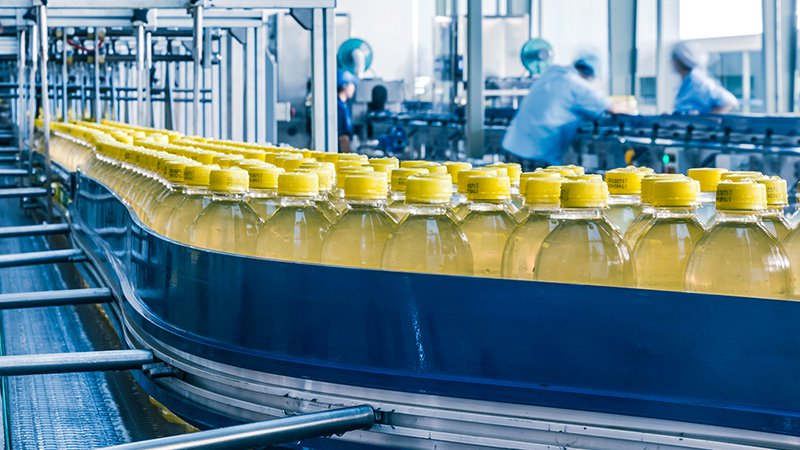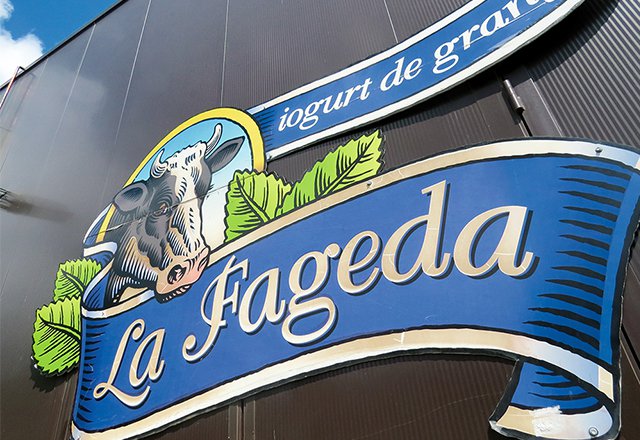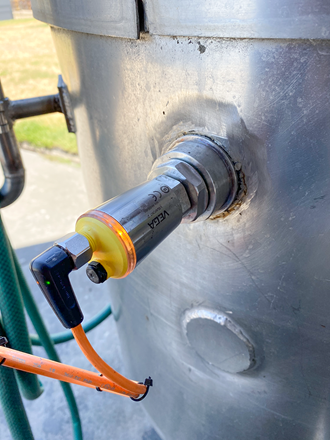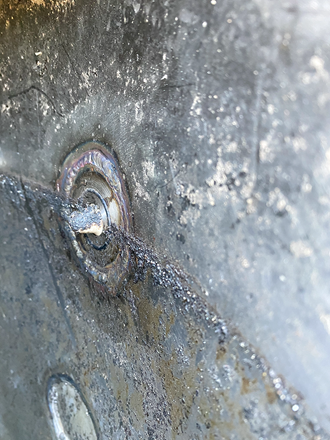Level switch VEGAPOINT 21 warns reliably of overflow in the pulp container
Since 40 years, the fruit juice company has been growing steadily and has won many prestigious food and beverage awards at home and abroad. One reason for this is that the fruits are harvested and processed directly – the route from the Ceres Valley to the consumer is therefore very short. The fruit juice is now available in eleven different flavours, from apple, pear, peach and lychee to various juice blends.
Long-term partnership
One special challenge was a measuring point in a tank where the residues from production are collected. This aqueous pulp contains a mixture of cellulose and other solid materials. The mixture is dewatered and the remaining sludge ends up in another tank.
In the past, this tank overflowed now and then and the pulpy substance spilled onto the plant floor. This happened because the vibrating level switches used at that time often failed to function properly. The problem: The accumulation of cellulose on the tuning forks caused them to malfunction, not switching properly when the tank was emptied. What is more, the fruit acid caused further difficulties. The result was an overfilling of the tank, as the pumps did not start in time or even switched off too early. Cleaning the floor and the whole area around the tank was very time-consuming and laborious.
Deployment before the official launch
Thanks to its compact size, VEGAPOINT 21 can be mounted not only in tanks and vessels but also, for example, in narrow pipelines.
A new sensor from VEGA for capacitive point level measurement sounded promising, but it wasn’t yet officially on the market. Nevertheless, the fruit juice company offered to be a tester of the sensor even before the official product launch. The new VEGAPOINT 21 is a level switch with adjustable switching point for detection of water-based liquids. The sensor and the tank form the two electrodes of a capacitor. Any change in capacitance due to a level change is converted into a switching signal.
Installation can be carried out by the customer. Measuring instruments from VEGA have always been easy to set up and operate. This was also the case with the new sensor. The connection was quite simple and there were no problems during setup and commissioning. That’s why the company hardly ever experiences downtime in its daily operations.
Advantages of the new VEGAPOINT series:
- The level switches can be easily adapted to any application.
- VEGAPOINT 21 is largely independent of medium properties and therefore adjustment-free.
- Due to its small size, the sensor can be installed not only on tanks and containers but on small, narrow pipelines as well. The compact size was an important factor in the decision.
- In addition, the fact that this is a very cost-effective solution was decisive, especially in view of future applications.
The VEGAPOINT 21 level switch is largely independent of medium properties and therefore adjustment-free.
Sensors of the VEGAPOINT series can be used for overfill and dry run protection as well as oil/water and foam detection. The optional universal connector with hygienic adapter ensures reduced installation costs and a smaller spare parts inventory. The series meets the requirements of hygienic processes in the food, beverage and pharmaceutical industries. Another advantage: The small level switch version has a compact stainless steel housing and is available in two electronics versions: simple transistor output and transistor output with additional digital IO-Link communication. The sensor can be operated wirelessly via Bluetooth with a tablet or smartphone and an app. This allows the switching behaviour, the application and many other parameters to be set or adjusted as needed.
Conclusion: A special highlight – in the truest sense of the word – is the colourful, all-round switching status display of VEGAPOINT that allows quick and easy recognition of the switching status. With it the user can keep an eye on the status of the tank at all times. Workers at the fruit juice company also appreciate this feature, as it allows them to concentrate on their other tasks in juice production and not have to worry about something going wrong inside the tank.
Related industries

Food industry

Pharmaceutical industry
Related products
Related articles

Good measurement, good yoghurt
Read moreExport this article
Download as PDFShare this article
Comments ({{comments.length}})
{{getCommentAuthor(comment, "Anonymous")}} {{comment.timestamp | date : "dd.MM.yyyy HH:mm" }}
{{comment.comment}}







